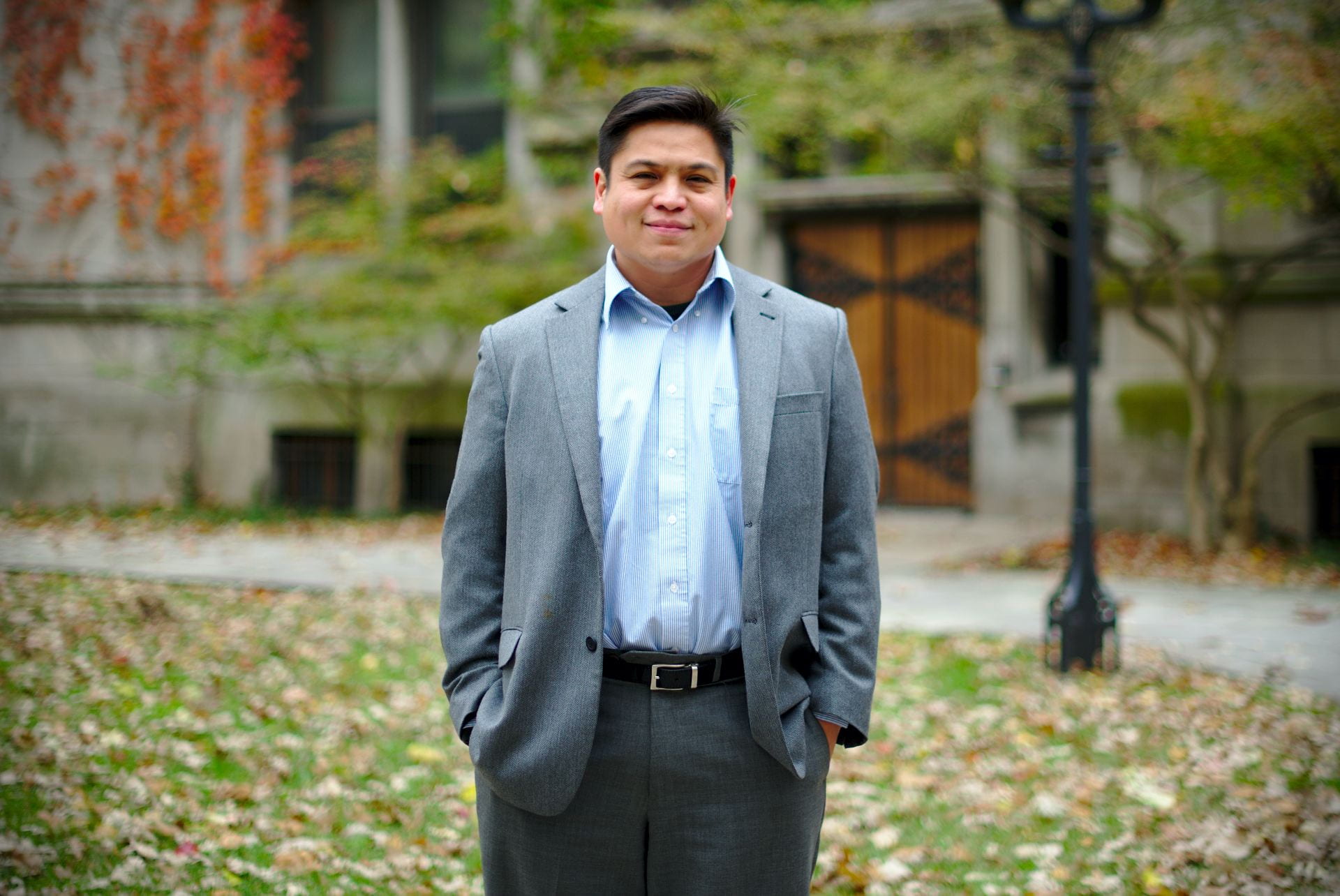Doan: Congratulations on your most recent book, The Patchwork City: Class, Space, and Politics in Metro Manila. Can you give us a brief synopsis of your book?
Garrido: The book is about the relationship between the urban poor and middle class as located in slums and enclaves (and in Manila they have become increasingly so). The project is to connect this relationship with urban structure on the one hand and political dissensus on the other, and, in the process, to highlight the role of class in shaping urban space, social life, and politics. Indeed, I will argue that class has become more important than ever in the wake of urban restructuring.
The title of the book, The Patchwork City, refers to the fragmentation of Manila into a “patchwork” of classed spaces, particularly slums and upper- and middle-class enclaves. This is not just a book about urban fragmentation, however, but about its effects on class relations and politics. I make the argument that the proliferation of slums and enclaves and their subsequent proximity have intensified class relations. For enclave residents, the proximity of slums constitutes a source of insecurity. They feel besieged and thus compelled to impose spatial boundaries on slum residents. For slum residents, the regular imposition of boundaries has made a sense of discrimination quite common. Thus, we see class boundaries clarify along the housing divide and the urban poor and middle class emerge as class actors—not as labor and capital but as squatters and “villagers” (in Manila residential subdivisions are called villages).
The first part of my argument, covered in Part I of the book, traces the emergence of class identities shaped by experiences of siege and discrimination. The second part, covered in Part II, focuses on the politicization of these identities. I trace their influence on the political thinking of the urban poor and middle class with respect to the populist president Joseph Estrada. A sense of discrimination made many slum residents susceptible to Estrada’s appeals. These appeals were predicated, fundamentally, on the negation of their stigma as poor people and squatters. Meanwhile, a sense of electoral and not simply territorial siege led many in the middle class to reject Estrada as another lumpen politician, not just corrupt but vulgar, and to push for his ouster extra-constitutionally.
The book, in sum, traces the processes connecting segregation, class relations, and contentious politics. These topics are usually taken separately by scholars, but if we keep our eyes on the class boundary as it manifests spatially, morally, and politically, they become hard to separate. It becomes apparent that class as a social structure is as indispensable to the study of Manila — and of many other Global South cities — as race is to the study of American cities.
Doan: What was the process like writing your book, and what was something you were surprised to learn while conducting research?
Garrido: After college, I spent several years in Manila working as a journalist and for various NGOs. I was in the country when Edsa 3 — the heavily urban poor demonstrations in support of the deposed populist president Joseph Estrada, an event that figures centrally in the book — happened. In fact, I remember stepping out of a mall, blinded by the sun, to the sight of thousands of protestors running through the streets. They had marched to the presidential palace earlier that day and been repulsed by the police and military. I wondered why they supported a president whom everyone around me regarded as bad, even despicable. My aunt and uncle, friends, and all the newspapers were calling the demonstrators dumb and duped. A lot of these people lived in the slum areas nearby us. I was struck by how politically divided Manila was along spatial lines. It seemed that both Estrada’s strongest supporters and opponents came from Manila but from different spaces, urban poor slums and middle-class enclaves.
In graduate school, I decided to pursue this question of political polarization. At first, I conceived the project in terms of the scholarship on social movements, with a focus on Edsa 3. Eventually — and this happened later in the course of fieldwork — I realized that I had to take into account how the city itself had changed, its peculiar form of segregation, the proximity of slums and enclaves as a general pattern. I went into slum areas asking residents why they supported Estrada. They would say things like, “he helps us” or “he’s done so much for us,” which I knew to not be true. The more I probed, the more I would hear them tell stories of being discriminated against because of where they lived. Oftentimes, they would experience discrimination at the hands of their neighbors living in middle-class subdivisions. They would be barred from passing through the enclave or accessing the resources inside it (church or commercial services, for instance). When they were allowed inside, they would be disparaged as criminals and treated as if they were unclean. These experiences were common and shaped their sense of class identity. It was an identity based not just on their relative poverty but on their residence in stigmatized spaces. I began to understand why Estrada appealed to them despite the fact that, objectively speaking, he had been bad for them during his tenure as president. As they saw it, he treated them in a way that negated their stigma. They recounted stories of Estrada visiting slum areas, eating with his hands, and distributing groceries to slum areas on his birthday. These stories had spread like wildfire across the network of slums in Manila. They presented a picture of a politician who actually cared for them.
It became clear to me that if I wanted to understand the political views of slum dwellers, I had to take their segregation into account. I began the project as a political sociologist but had to become an urban sociologist in the process. I collected spatial data and started mapping the configuration of slums and enclaves across the metro. I tracked the growth of these spaces over time and situated this growth in the context of the country’s economic restructuring. The bigger picture started to develop. As a result of this process, the book is something of a hybrid. The first part focuses on the segregation of slums and enclaves (their interspersion, as I call it), the second part on relations between slum and enclave residents and how their everyday interactions clarify a class boundary, the third part on how slum and enclave residents view Estrada and politics generally, and the fourth part on the collision of these views in Edsa 3. It took some time, but, finally, I was able to see how these parts were connected. I make the argument that the proximity of slums and enclaves has led to greater opportunities for unequal interaction between the residents of these spaces, thus solidifying a sense of themselves as groups-in-opposition and conditioning their differential reception of Estrada.
Doan: What is something you are looking forward to next year?
Garrido: I’m looking forward to traveling! I hope to spend most of next year doing fieldwork in the Philippines and Cambodia.

